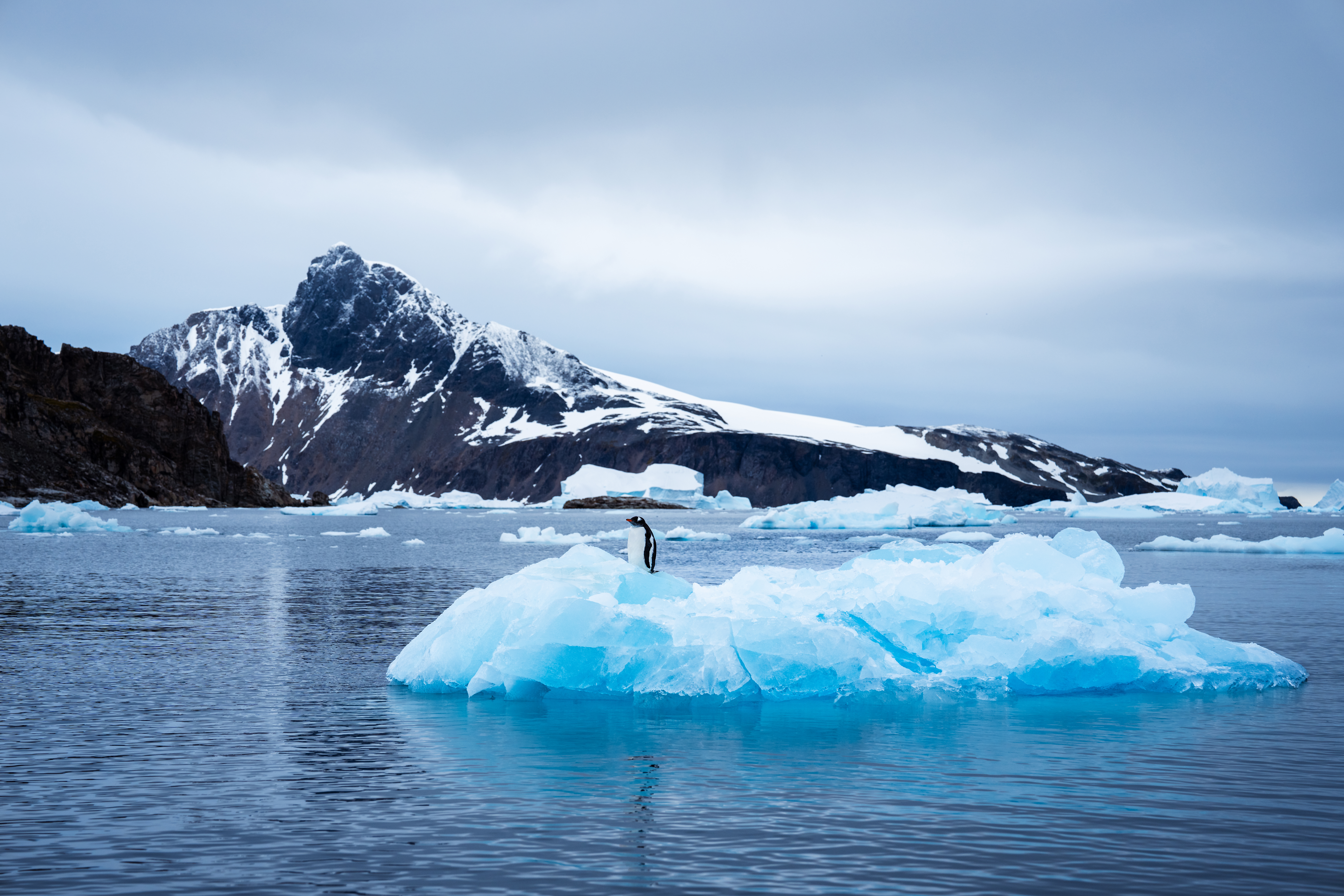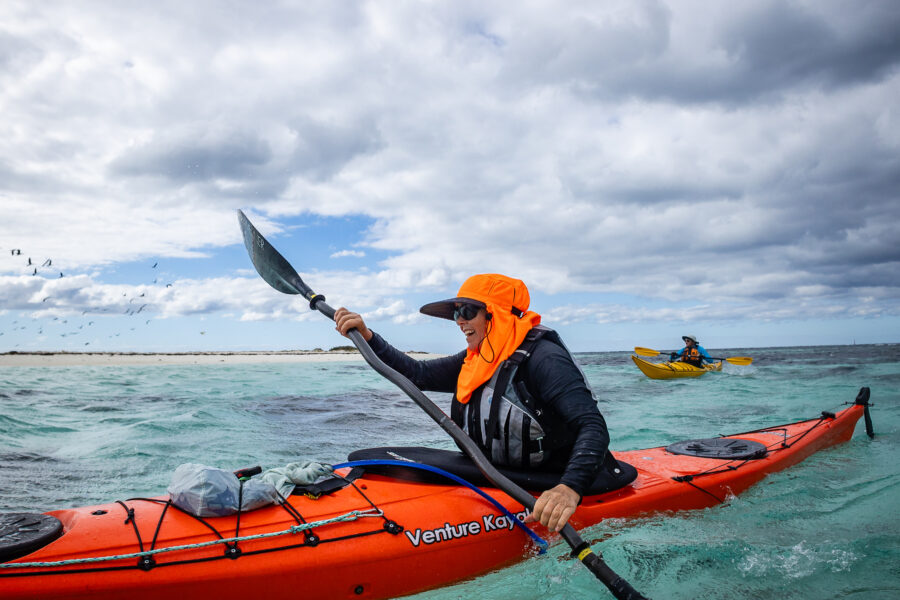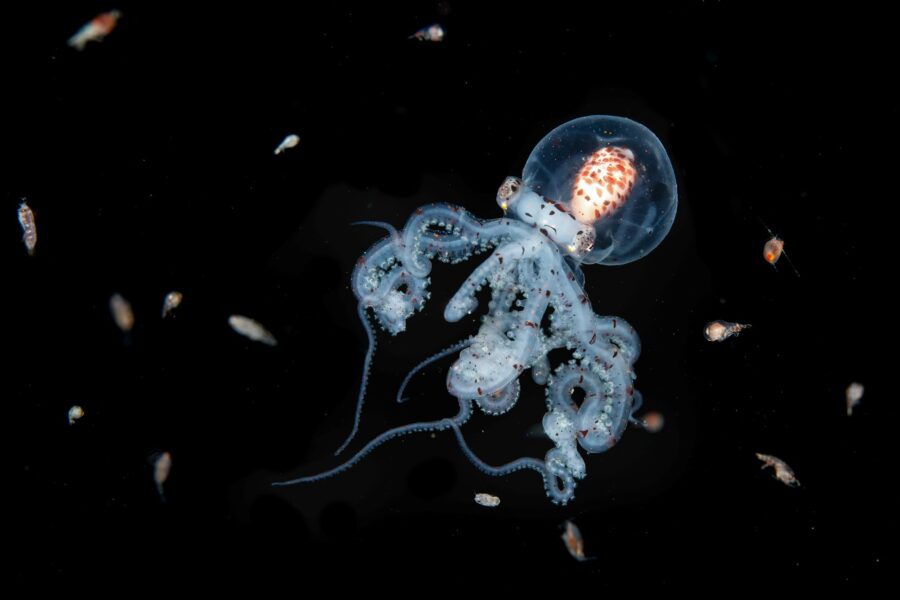This article is brought to you by the Aurora Expeditions.
Sir Douglas Mawson’s contributions to Antarctic exploration have made him a towering Australian figure honoured on banknotes and postage stamps. Even an asteroid bears his name.
When it sets sail in December, Aurora Expeditions’ newest state-of-the-art small ship, the Douglas Mawson, will pay further homage to his extraordinary legacy.
The Douglas Mawson, Aurora’s third purpose-built small expedition ship, will take its place alongside the Greg Mortimer and Sylvia Earle, also named after pioneers in their fields.
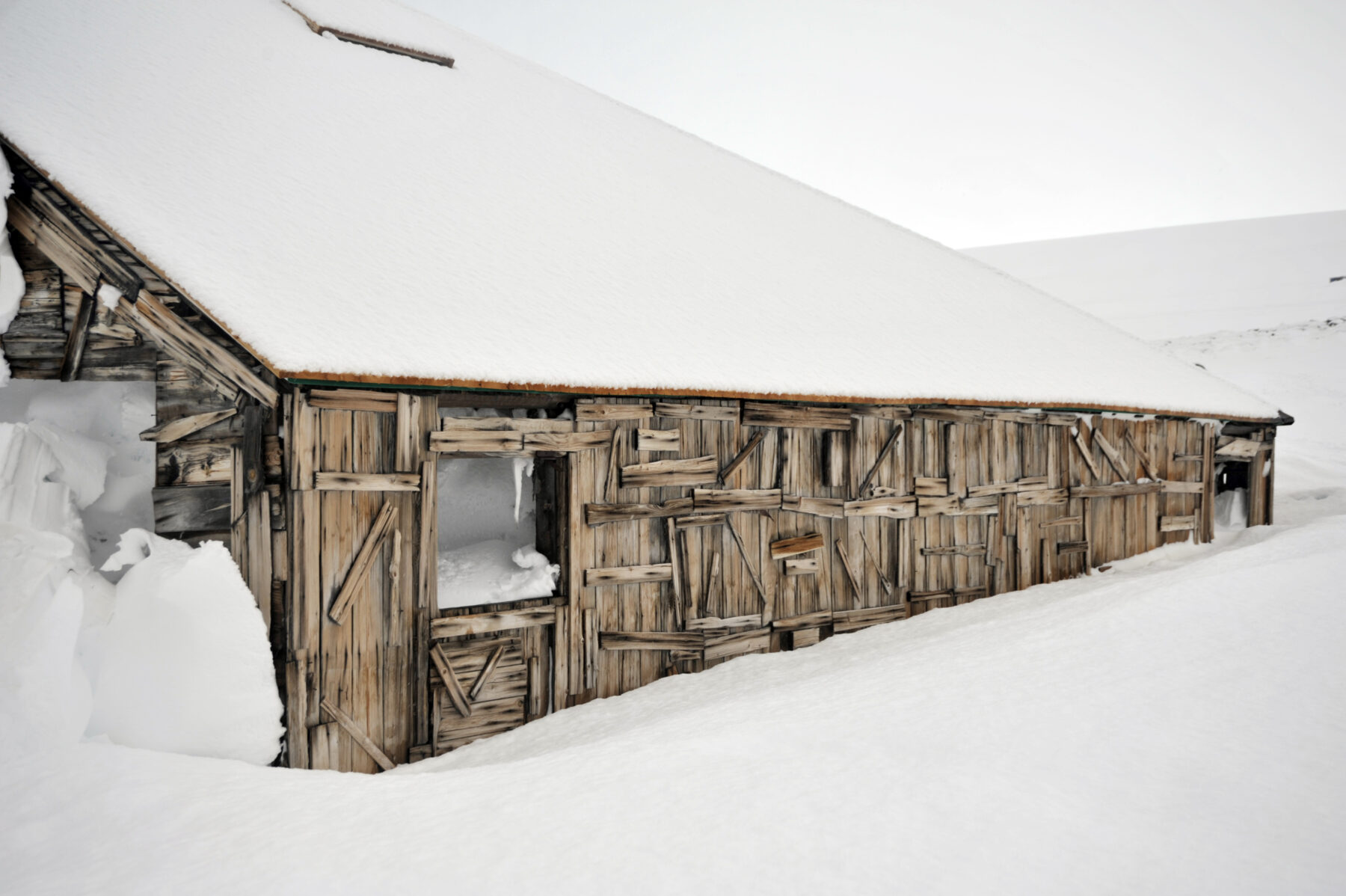
The last in the Infinity Class of fleet to be built, Douglas Mawson will carry up to 130 passengers on expedition voyages and up to 154 passengers on small ship cruises.
Douglas Mawson’s inaugural season marks the award-winning cruise line’s return to East Antarctica, one of the most inaccessible and seldom-visited parts of the icy continent, after a 15-year hiatus.
Departing from Hobart, Tasmania, a new route, aptly named ‘Mawson’s Antarctica’, will retrace part of the route taken by the legendary geologist and explorer when he set off in the wooden SY Aurora in 1911.
Vessels built for polar discovery
Like Aurora’s other two small ships, the latest cutting-edge vessel has been carefully crafted to facilitate access to remote polar regions.
Douglas Mawson features the latest revolutionary Ulstein X-BOW®, which makes for smoother and more enjoyable, ocean crossings in challenging polar conditions.
Importantly, given Aurora’s status as a Certified B CorporationTM and its mission to support responsible exploration, this technology also promotes greater fuel efficiency and complements other sustainability initiatives, reducing speed loss and acceleration levels, and lower atmospheric emissions.
Additional technology includes return-to-port equipment in the event of emergencies and a medical clinic designed for use in remote areas.
Contemporary adventurers on board Douglas Mawson will enjoy other comforts that the man himself could barely imagine when he embarked on his gruelling journey as leader of the Australasian Antarctic Expedition more than a century ago.
Reflecting the crisp, cool whites and blues of the surrounding landscape, the vessel features Nordic interior design across 86 staterooms and suites across 12 different categories, most with private balconies.
For solo travellers, Aurora will also offer several single-berth cabins for the first time.
For passengers, part of the appeal of a vessel of this size is the opportunity to spend more time off the ship, close to the action.
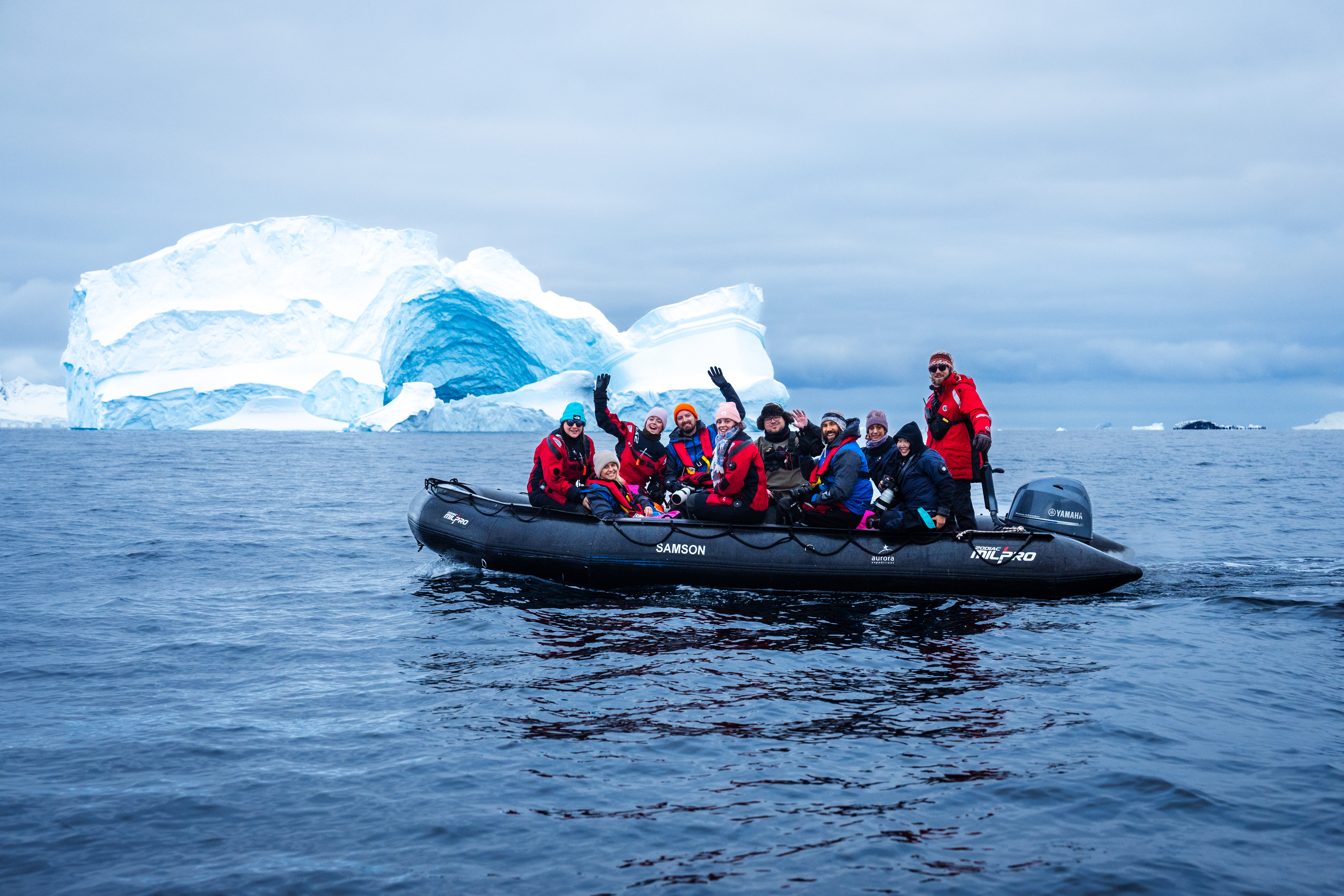
To facilitate this, the Douglas Mawson offers Zodiac access points and an activities platform, which makes boarding these inflatable dinghies quick, efficient and safe.
A mudroom provides lockers for gear and boots, and rapid drying areas for clothing.
Aurora offers activities suited to different itineraries and to all tastes and skill levels. These may include snowshoeing, skiing, snowboarding, trekking, kayaking, paddling, or polar snorkelling.
Spaces for connection and contemplation
The public spaces onboard the Douglas Mawson are designed to cultivate a convivial atmosphere, with two restaurants, two bars, and two Jacuzzis.
Passengers can also opt to swim in an outdoor heated pool with pool bar, stretch out on a sun bed, work out in the well-equipped gym, or unwind amid the warmth of the sauna – a fitting way to follow an exhilarating polar plunge.
This floating ‘base camp’ is also subtly designed to heighten contemplation.

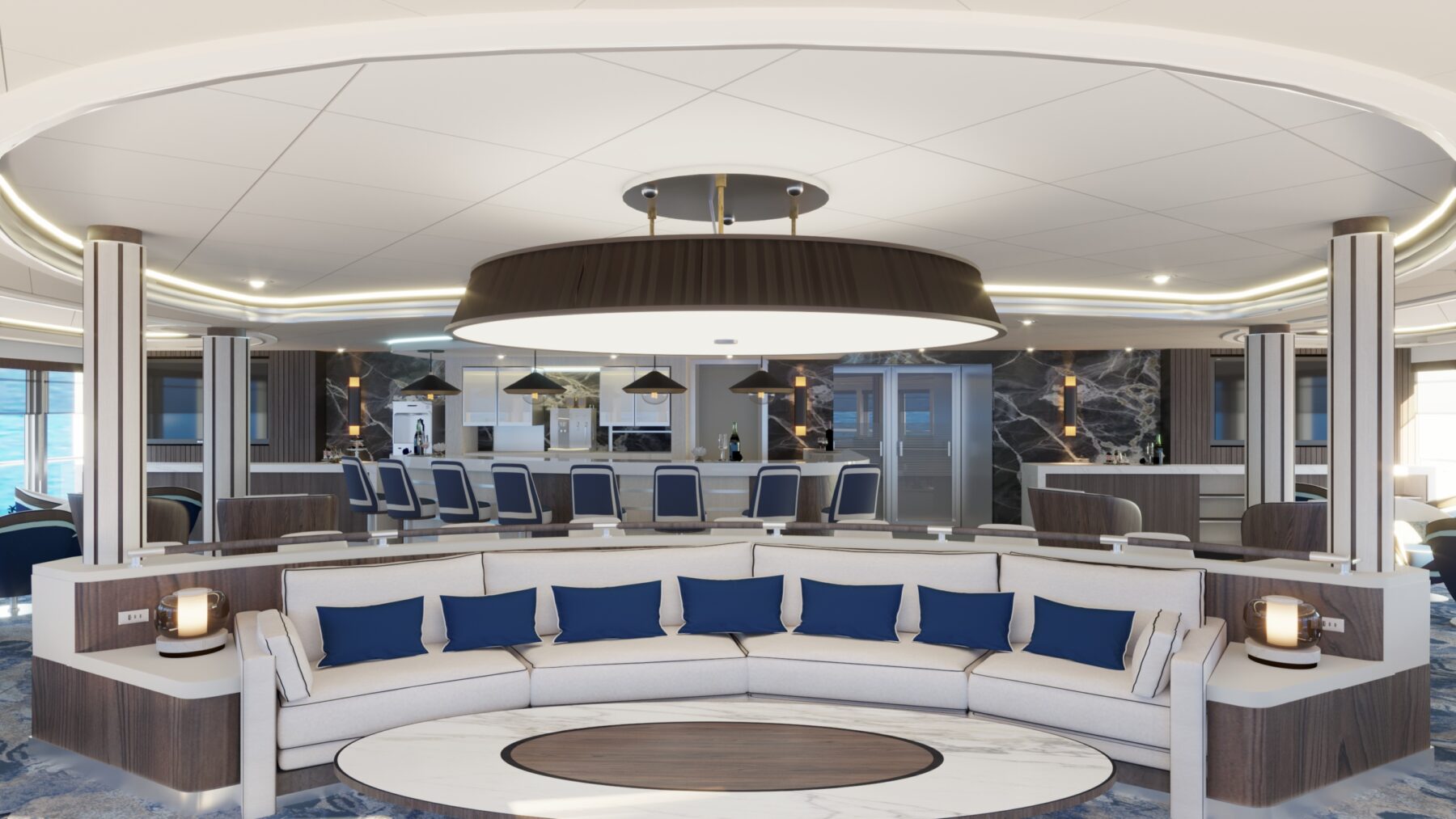
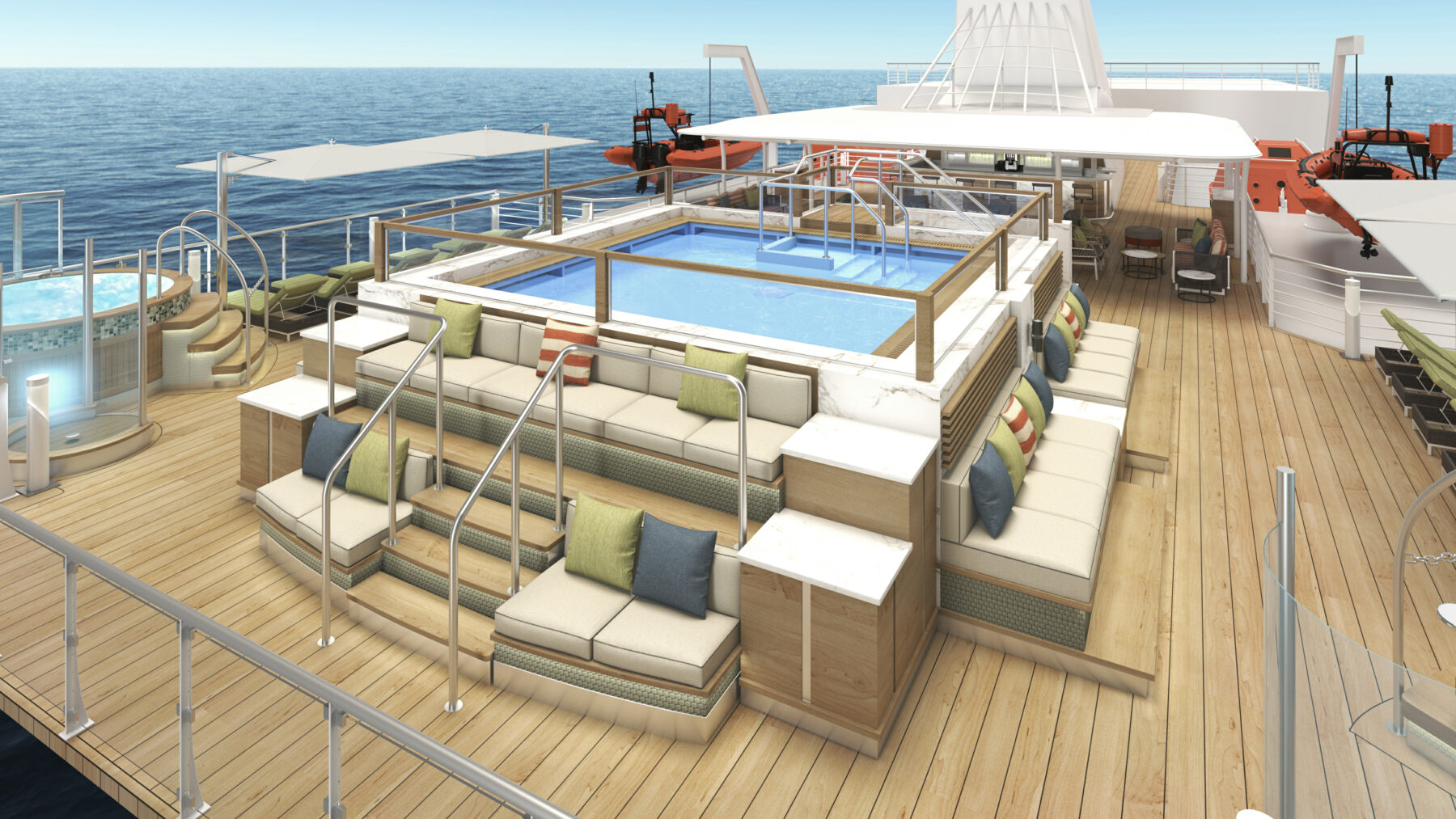
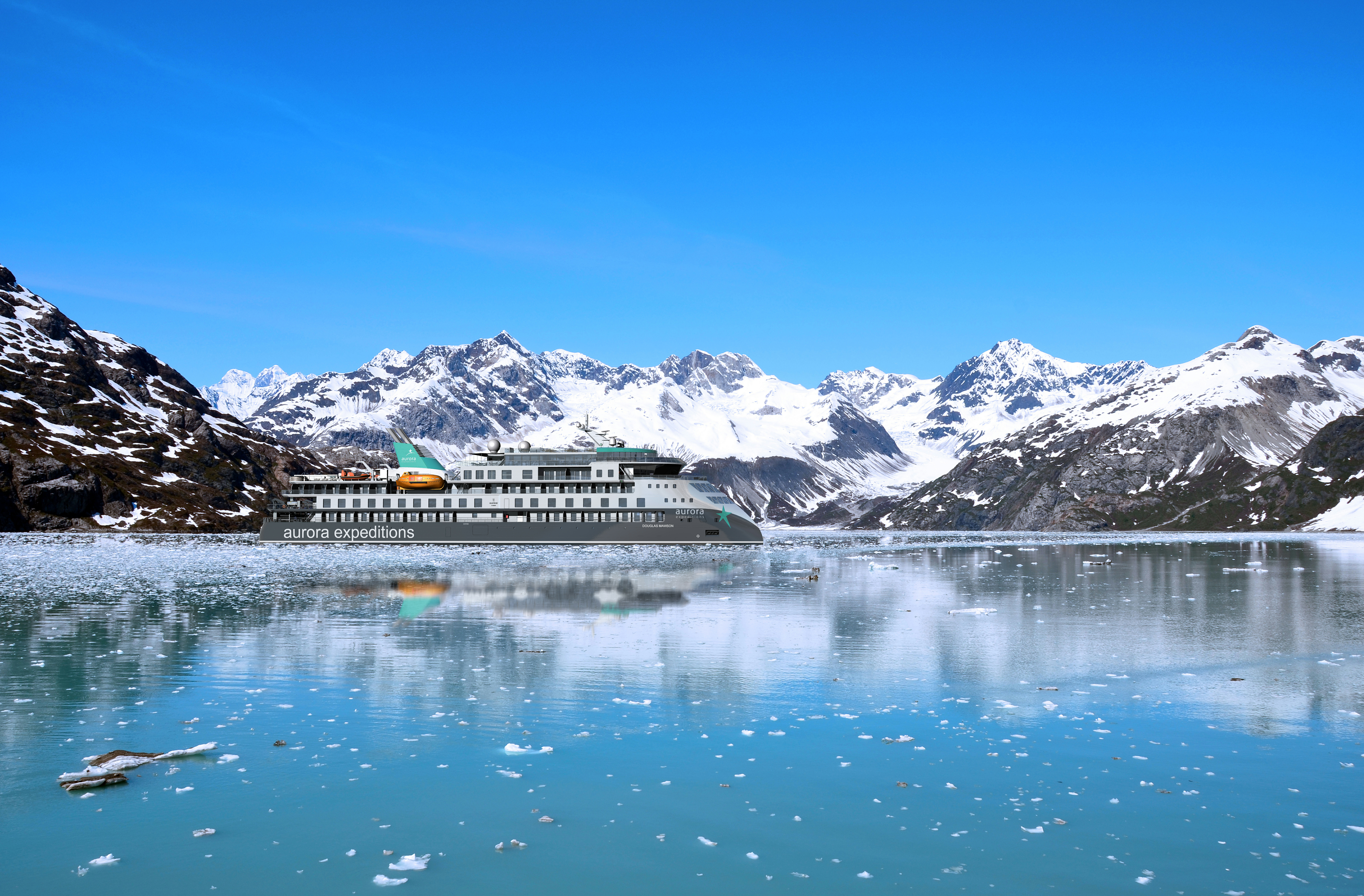
A regular program of presentations by naturalists and local specialists in a state-of-the art lecture theatre, as well as a dedicated citizen science centre and lounge, deepen passengers’ appreciation of the destinations they’re visiting.
Self-directed learners of all ages will also revel in a library amply stocked with non-fiction titles, wildlife guidebooks, travel journals, novels and a selection of board games.
Multiple open decks with expansive panoramic views further encourage passengers to connect with the region’s dramatic landscapes or to enjoy once-in-a-lifetime wildlife-spotting opportunities.
Highlighting travel close to home
Consistent with Mawson’s desire to uncover the mysteries of his own region, rather than chase glory far from home, the Douglas Mawson will initially depart from Australian and New Zealand ports, underscoring the enduring appeal of destinations on our doorstep.
Its inaugural 11-day voyage will leave from Hobart on 1 December to circumnavigate Tasmania, allowing passengers to explore the island state’s lesser-known walks, including those on Bruny, Flinders and Maria Islands.
They will also get the chance to spot Australia’s most southerly lighthouse at the Maatsuyker Islands and view the scores of seabirds, including shy albatross, which call them home.
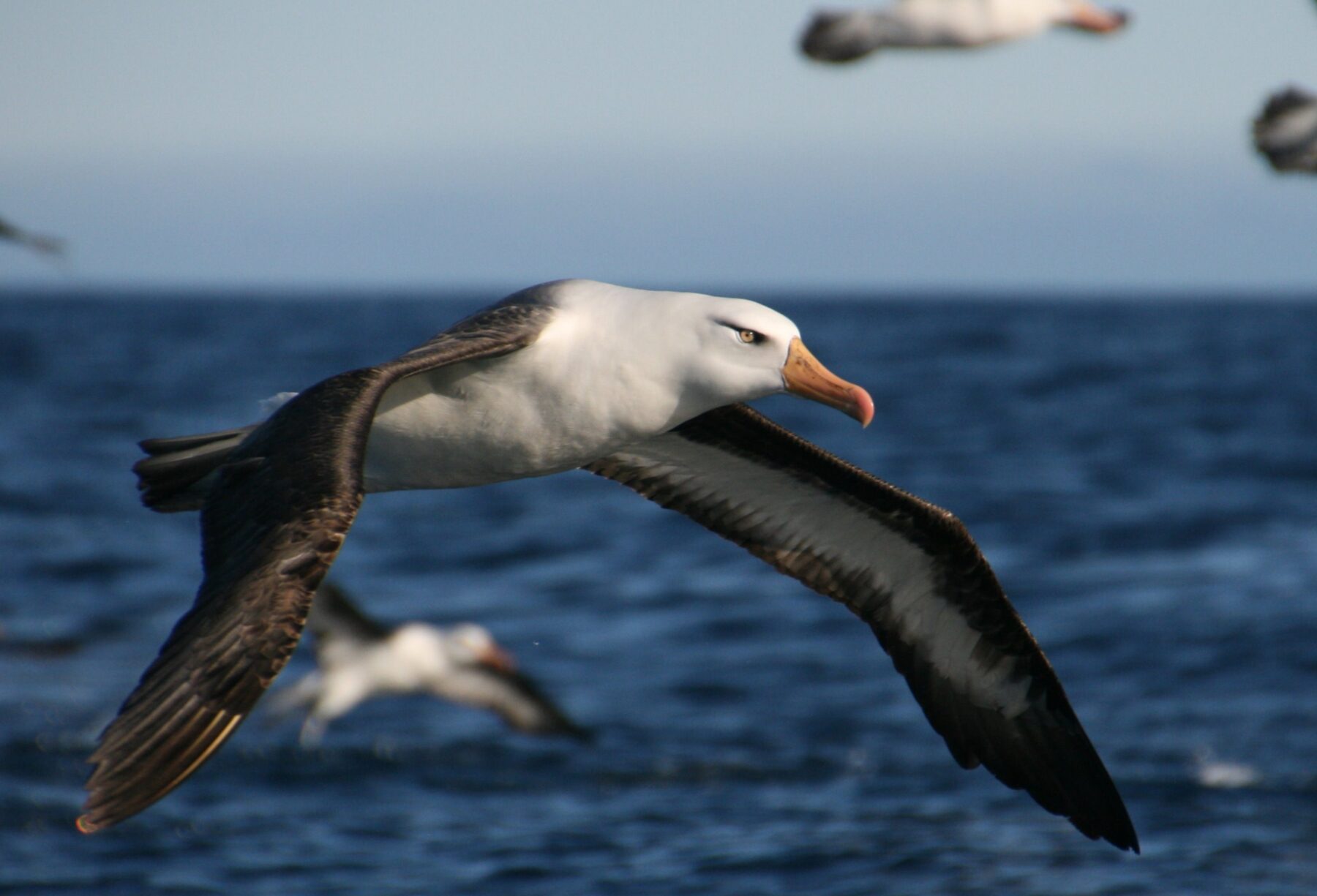
From there, Douglas Mawson will depart on the first 24-day ‘Mawson’s Antarctica’, bringing to life Aurora’s partnership with the Mawson’s Huts Foundation, a custodian of Australia’s Antarctic heritage.
Subsequent voyages will include the ‘Subantarctic Discovery’ from Dunedin, New Zealand, travelling as far south as Macquarie Island, and the ‘Ross Sea Odyssey’, which ventures into the waters where the Antarctic Ice Sheet flows into the world’s largest floating ice shelf (these visits are subject to permits).
These all-new routes represent a fresh chapter in polar exploration, heightening respect for Australia’s Antarctic legacy while celebrating the spirit of discovery championed by Douglas Mawson himself.


This article is brought to you by the Aurora Expeditions.

Aurora Expeditions operates in remote and challenging environments, and in the spirit of expedition travel, we encourage you to adopt a flexible and adventurous attitude when joining our voyages. This itinerary is a guide only and is subject to change due to permitting and regulatory approvals; and weather, sea state and other conditions beyond our control.
Macquarie Island and the New Zealand Subantarctic Islands are protected areas where all visits are subject to permit approvals and quota allocations that are carefully managed by Tasmania’s Parks and Wildlife Service and New Zealand’s Department of Conservation, respectively.
